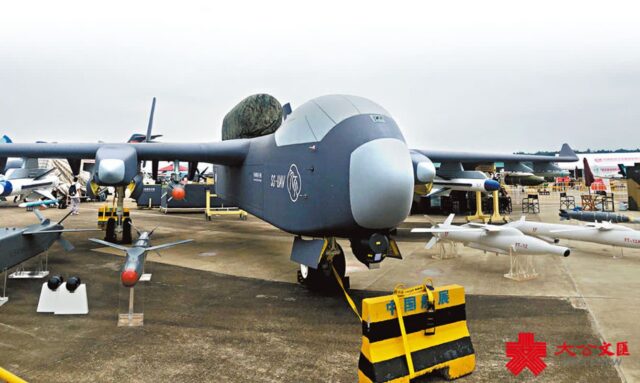
On December 12, 2024, The New York Times reported that the emergence of anti-satellite weapons (ASAT) utilizing ground-based ballistic missiles to target low Earth orbit (LEO) satellites, along with the installation of hard-kill methods like laser weapons on these satellites, has expanded the nuclear arms race among major powers into the domain of space. Key points are outlined below.
Russia launched its Cosmos-2553 satellite into an outer-space orbit on February 5, 2022, with unclear operational objectives. Its orbital activities were described as highly unusual.
Military experts noted that Cosmos 2553 operates at an orbit approximately 1,240 miles from Earth, making it one of the most distant satellites launched by any country. They predict that this satellite serves special missions beyond mere surveillance and reconnaissance.
The U.S. Space Command, based in Colorado Springs, observed that Cosmos 2553 orbits Earth every two hours and operates outside the LEO zone, where most satellites are concentrated. They assessed the situation regarding Cosmos 2553 as follows.
First, while the Russian military claims that Cosmos 2553 is a satellite for surveillance and reconnaissance, its current orbit makes such activities impossible.
Second, Russia has learned from the war in Ukraine that various unmanned capabilities can neutralize its conventional forces. They realized that the small-unit tactics of the Ukrainian military operate through social networks facilitated by satellites. Consequently, they declared plans to develop nuclear-armed satellites capable of detonating from orbits outside low Earth orbit to disable both civilian and military satellites simultaneously. Military experts suspect that Cosmos 2553 may function as a new ASAT weapon.
Since the onset of the ongoing Ukraine-Russia war in February 2022, Ukraine’s military has dealt significant blows to the Russian forces, which boast superior conventional capabilities. By leveraging the Starlink network provided by over 6,500 SpaceX satellites, Ukraine has reportedly prompted Russia to include both military and civilian satellites as potential targets for Cosmos 2553.
The United States has protested that this constitutes a violation of the Outer Space Treaty, agreed upon in 1963, but Russia denies that it has armed the satellite with nuclear warheads.
Military experts assess that the competition in space operations is intensifying between the U.S. and Russia and between the U.S. and China. China has launched about 1,000 civilian and military satellites and is projected to reach around 4,000 within the next decade, suggesting that China is poised to engage in fierce competition with the U.S. in space operations, surpassing Russia.
Experts warned that if Russia detonates a nuclear warhead-equipped Cosmos-2553 in LEO, it could lead to catastrophic consequences for the entire world, including the U.S. and China. Such an explosion could render all global wireless communication networks useless, plunging the world back into the Stone Age.
Third, experts are concerned about the potential radiological impact of the nuclear warhead mounted on Cosmos 2553. They speculate that the satellite’s position at the outer edge of space may serve to test and evaluate the influence of radiation on other satellites, suggesting that it might currently be armed with a different type of weapon rather than a nuclear warhead.
Fourth, if Russia detonates the nuclear warhead mounted on Cosmos 2553 in low Earth orbit, it could have catastrophic consequences for all satellites, potentially signaling the end of life on Earth.
The U.S. Space Command’s assessment led The New York Times to warn that the world could experience a disruption of all wireless communication networks, effectively reverting to a Stone Age-like scenario.
Ultimately, The New York Times cautioned that Russia’s view of Cosmos 2553 as a potential Achilles’ heel in its arms race with adversaries poses a significant risk. They noted that it is fortunate that the U.S. Space Command can continuously monitor and assess the situation surrounding Cosmos 2553.
















Comments0